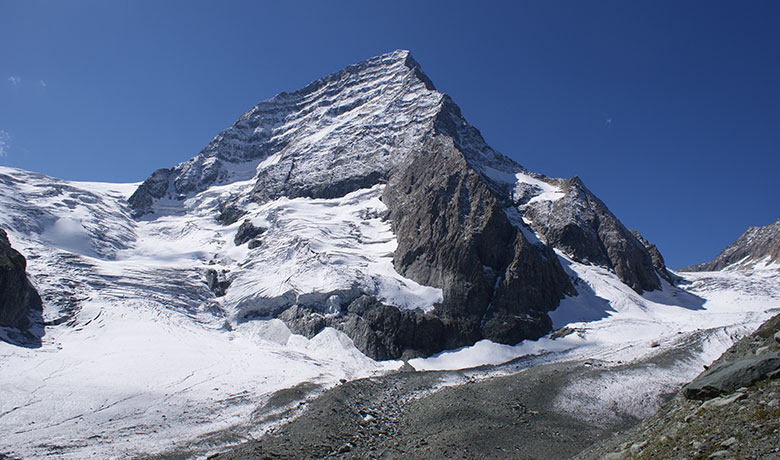This short essay was specifically written for ‘Vanishing Kolahoi’ carousel post on Instagram, hence the size.
One of the monumental crises in the history of Kashmir is sneaking up on us, yet we are kept under the mountain of ignorance. Up until the disaster starts looming, the media will raise no mainstream hue and cry. When the source of water for over a billion people is already endangered, after the polar glaciers, it starts in Kashmir.
Let me speak outright. The world’s highest and second-largest non-polar glacier, the “Third Pole” in Kashmir, is a military base, an ecological disaster in the making. Over 2000 lbs. of human waste is plunged into the crevasses daily. 40% of the waste is metal and plastic. With no inherent biodegradation ability, the waste blends with the ice, seeping hazardous toxins like cobalt, cadmium, and chromium and eventually contaminating the Indus River, the water source for about 215 million people. Though Siachen, unfortunately, is only known for rivalry and conquest, the world’s highest battleground. The Kolahoi glacier, on the other hand, the largest in the Kashmir valley; the primary source of water to the River Jehlum is melting and disintegrating at an alarming speed. Due to the unceasing environmental degradation by outsiders and further help from global warming, Jehlum will see its fate of stagnation and diminishing water in future. Kashmir may lose its lifeline.
Glaciers have either been cut to make room for Yatris or fragmented by tens of thousands of people trampling over them. Around 55,000 kg of waste is generated per day of the Amarnath Yatra and dumped into shallow pits alongside the trekking route. Which eventually leads its way to the Lidder river, contaminating the water.
I have brought up the two different glaciers to draw your attention to their common threat. Because 90% of the glaciers in the Himalayan region are already melting due to climate change, we cannot afford ecological damage caused by direct human activity.
All this comes at a heavy price of frequent floods, toxic water contamination, impact on agriculture and horticulture, threatened humans lives and economy.
We may not experience the full-blown deterioration and climactic natural disasters tomorrow, but we may, if not acted upon, soon. My intent is to aware the young generation of the environmental conditions around us. To have us start discussions and realize the importance of ecological preservation that our cultural and religious practices have put fourth.




